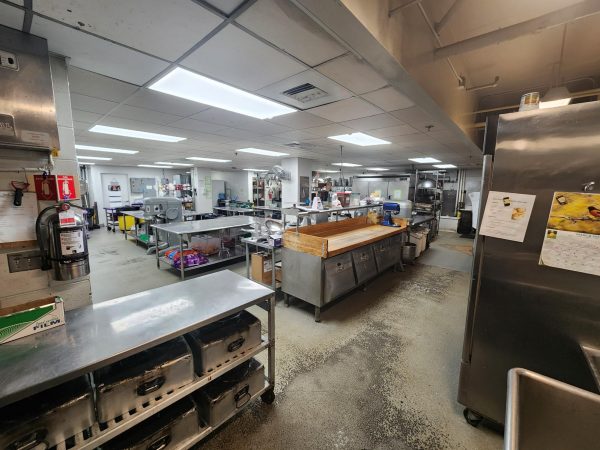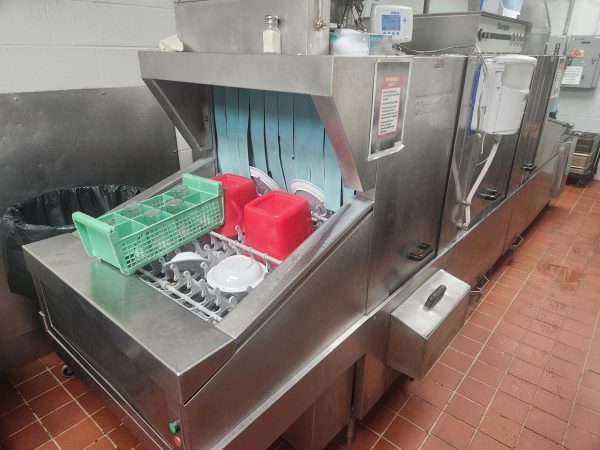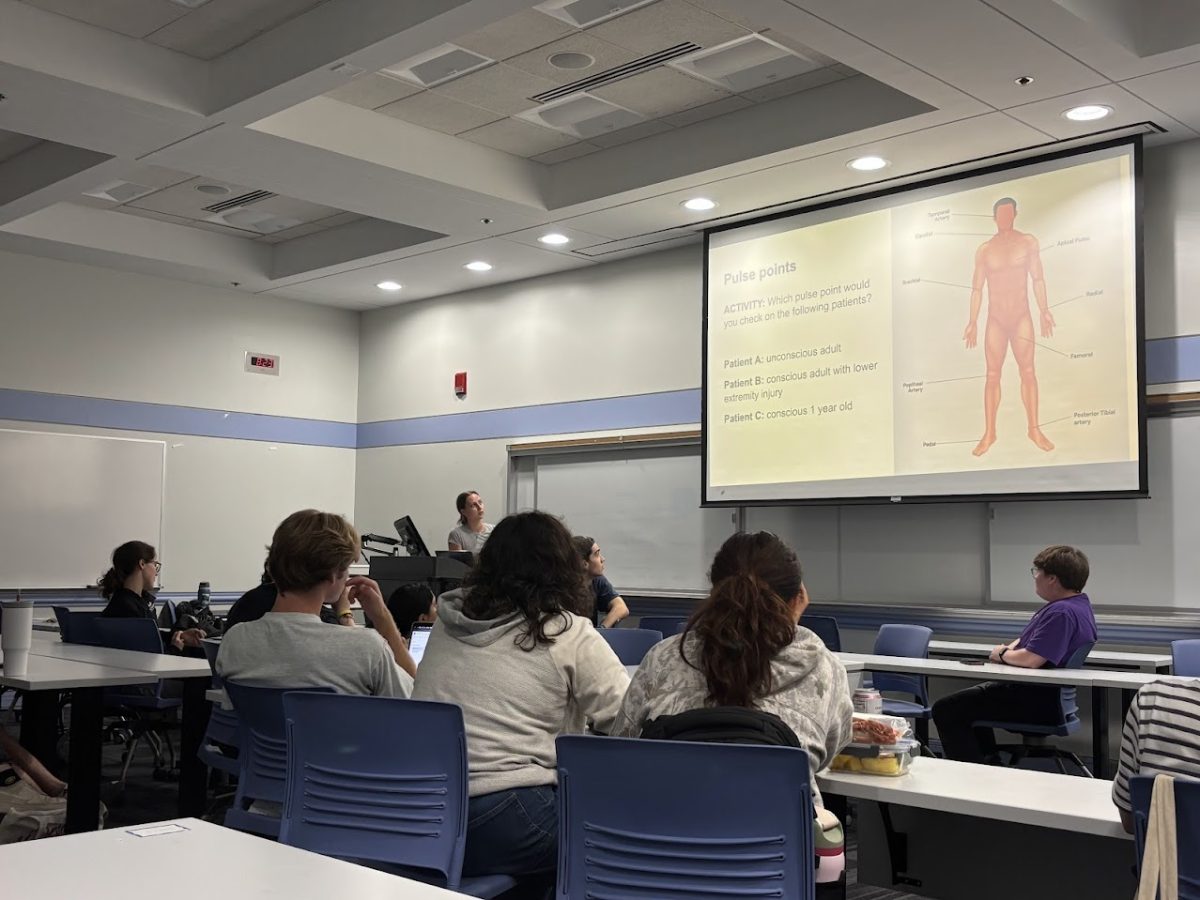A couple of weeks ago, my friend and I over breakfast tried to estimate exactly how many calories, at any given moment, the dining hall contained. Quickly, we realized it wasn’t at all a simple question. Most students eat at The Table at Higgins at least once a day, but we almost never think about how it functions. For a company, that must own over fifteen coffee machines to supply the needs of a college community, making quality breakfast, lunch, and dinner every day is no easy task. How do they pull it off?
The Scarlet thanks Sydney Agnew, the Guest Experience Manager for Harvest Table at Clark, who provided enormous help for this article.
Stage 1: Farming, Delivery & Storage
The food at Higgins comes from all corners of the country and sometimes even outside of it. Potatoes from Idaho, North Carolina, and Prince Edward Island, a Canadian Province; tropical fruits from Florida, Mexico, Guatemala and Costa Rica; sugar snap peas from California; onions from Oregon and Idaho; and beef from Nebraska and surrounding regions. However, Harvest Table also tries to partner with farms that are close to campus—especially within a 150-mile radius. This is, for example, why you don’t see much avocado in the Clark cuisine.
Truck deliveries of food come to campus six days a week, which are then unloaded into the basement kitchen to be chopped, cooked, tossed and sauteed.
Most of this food will be eaten within the next 48 hours—In fact, hardly any food stays in the kitchen for long. Due to Harvest Table’s constant deliveries, it’s simply unnecessary to store food for many days. Aside from the non-perishables, a few items stay for more than two days, and only a small percentage of food is frozen for weeks on end.
This system allows Harvest Table enormous versatility when planning its menus. Since they receive deliveries every day, staff can decide what to prepare up to a day before serving it. Generally, menus are decided one to three days in advance.
Stage 2: Production
One of Harvest Table’s core values is making everything “from scratch,” or buying only the base ingredients to cook in their kitchens and never serving pre-made meals. Almost all meals are prepared on the day of serving, including every salad and dressing available at the salad bar. Most breakfast and some lunch pastries are the exception, which are usually baked the previous day.
In an effort to minimize the negative impact on the environment, all kitchen food waste is composted, including trimmings, meal overproduction, and the occasional expired item. Twice a week, two large trash cans are picked up by Harvest Table’s compost partner, full of onion trimmings, egg shells and every other food item you can imagine.

Dishwashing
The last stage of the “food cycle,” after students have cleared their plates and put them on the conveyor belt, is dishwashing. That conveyor belt leads to a special dishwashing room where two employees, armed with spray guns and sponges, scrape uneaten food and trash into the garbage. All dishes then go onto an elaborate, 16-foot-long conveyor belt dishwasher machine, which uses extreme heat to wash and sanitize the dishes. Coming out piping hot, everything is stacked and ready to be reused.

Harvest Table takes a lot of pride in its core values: Transparency, respect for the environment, locality, in-house preparation, and nutrition. This system allows them to remain true to their mission of respecting the world, their food, and their customers… all, of course while feeding a college every day.







